This is the third year I have posted for the Trans Tasman Anzac Day Blog Challenge. For 2013, I share the story of Leslie Herbert Combridge.
When Billy Hughes spoke to the people of Australia on January 21, 1915, something must have stirred inside Les Combridge. It may have been pride, anger, guilt or simply his sense of adventure.
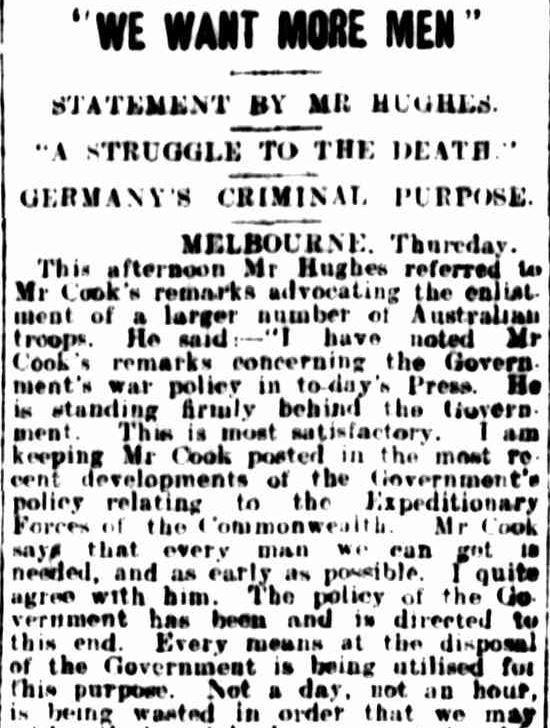
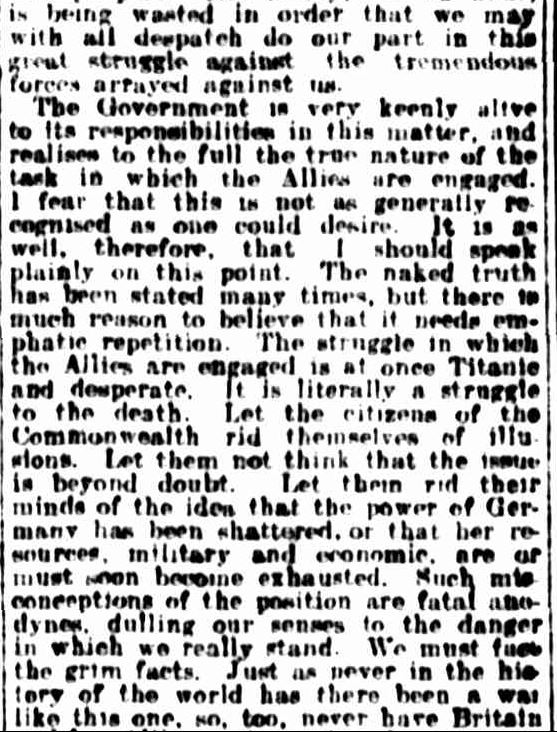
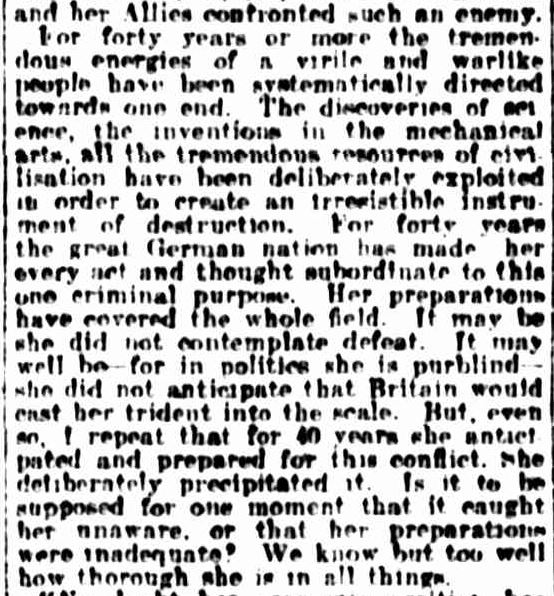
On February 2, he travelled the 40 kilometres from Grantville to Wonthaggi and enlisted in the Australian Infantry Forces. He had nothing to lose. He was 18½ and working on a farm in a rural area so the chance to get out and be paid to see the world must have been some incentive. Why wouldn’t it be an adventure? The papers were full of stories of soldiers enjoying the sights of Egypt, the Great Pyramids and the market places. Besides, it probably would be all over by the time he got there.
After enlisting with his father’s consent, Les was assigned to the newly formed 21st Battalion. After training at Broadmeadows, the Battalion left Port Melbourne on May 10, 1915 aboard the HMAT Ulssyss.
This article from the Euroa Advertiser by “One Who Witnessed It” describes the arrival of the troops at the dock, boarding and departure.
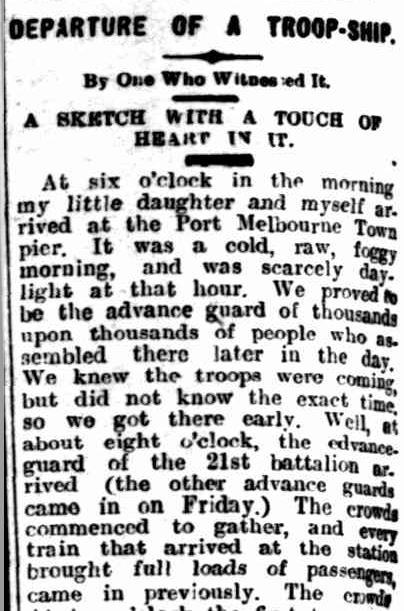
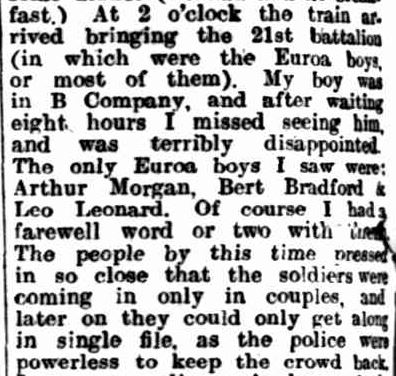
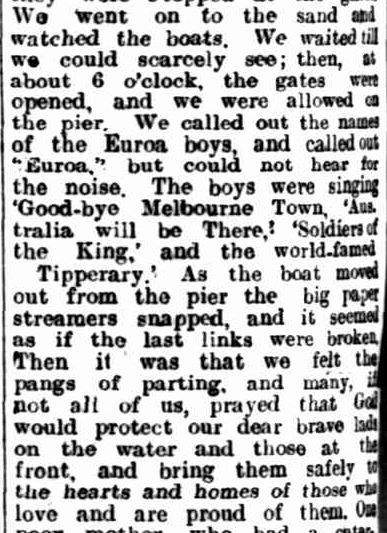
That account was a little different to that of A.M McNeil in his book The Story of the 21st. He writes
“Embarkation was quietly carried out. There was no fanfare of trumpets, and that night we slipped from the pier, down the bay…” (p. 7)
A.R McNeil described the voyage as “smooth” and a highlight was the arrival at the Suez Canal.
“…glorious trip through Suez Canal in daylight. Here we saw troops on active service for the first time, as the “line” was then right on the Canal bank (p8).
Egypt lived up to the reports back home
“Our first stay in Egypt is one of our happiest memories, In spite of the heat, and the not too good tucker, we enjoyed our time off thoroughly” “Cairo 20 minutes by electric tram and the sights, sounds and smells of our new surroundings interested us”. (p.8)
Private Dusting of Portland, with the 21st, wrote home of the sights he had seen at Columbo, Port Said and Cairo. Like others, he was keen to get to the Dardanelles.
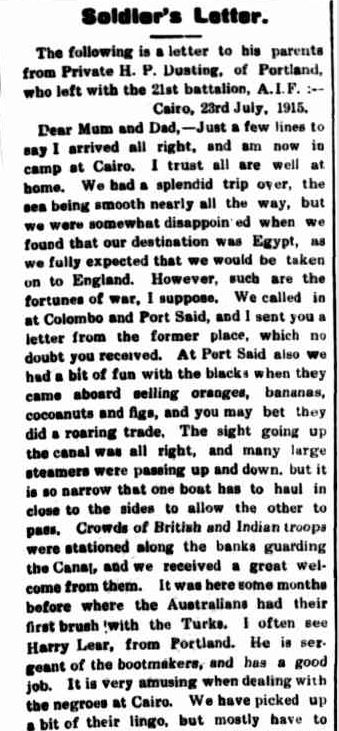
Bugler G. Barett wrote of the training the 21st Battalion were carrying out before they moved on to Anzac Cove. The food was good too, and a 8 pence a day allowance allowed for extras like tinned fruit and pickles.
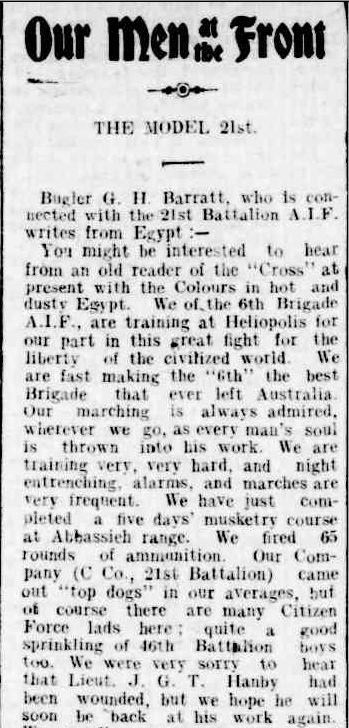
It was during this time that the term “Six Bob a Day Tourists” evolved to describe the Australian diggers. They could earn six bob a day and see the World.
Despite the sightseeing, the boys were keen to get into action and on August 30, the 21st boarded the Southland bound for Anzac Cove. On September 2, 1915, the troops of the 21st Battalion, including Les Combridge, got their first taste of the reality of war. A German submarine torpedoed the cruiser and the call came to abandon ship. Men rushed to life boats, some spent hours in the water while others drowned and they would be noted in history as the victims of the first Australian ship struck by a torpedo. There were 14 casualties in total.
The Southland after the torpedo attack.
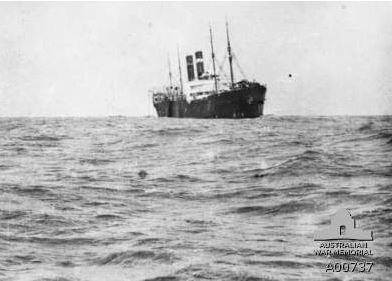
The Troopship Soutland. Image courtesy of the Australian War Memorial Id No.A00737http://www.awm.gov.au/collection/A00737/
Neil C. Smith in the Red & Black Diamond: the History of the 21st Battalion mentions letters home were censored after the event and the story was not officially released until two months later. This article from November 15, 1915 was one of the first reports of the attack.
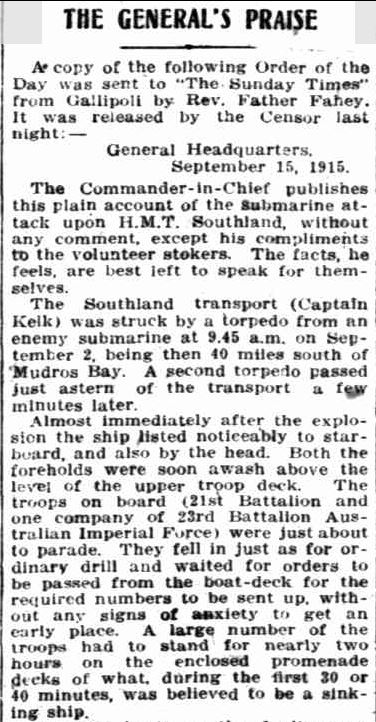
After their rescue, the 21st Battalion spent a couple of days at Lemnos Island in the Aegean Sea. They then resumed their journey to Anzac Cove and their next big adventure began.
Letters home described the rough terrain and the risk of Turkish snipers. At some of the posts, ropes raised soldiers up and down the steep embankments.
Private Fred Ware of East Gippsland also wrote home of the terrain and gave an account of the trip on the Southland.
Les Combridge, with C Company, found himself stationed at Steele Post. He would stay in the trenches for weeks. Steele Post looks as though it was one of the posts where ropes were necessary.
Conditions were harsh. From the 21st Battalion Unit Diary on September 13, 1915 –
“Trenches infected with vermin, fleas and lice…Sanitary arrangements with regard to this Section need particular care and every endeavour is being made to perfect same”
This was no holiday.
On September 21, Les was charged with disobeying am NCO, the first of several charges during his years of service.
On September 30 the Unit Diary recorded that,
“A large percentage of the men are suffering from diarrhea of dysentery …This Battalion has been in the trenches for 23 days...”
On that day, Les was charged for being absent from his place of duty. Maybe he was making use of the limited sanitary arrangements available to him, given the diary entry for that day.
Another charge for Les came on October 18 of sleeping at his post while sentinel, but he was found not guilty.
During December 1915, as blizzards began to hit the coastline, the 21st Battalion was evacuated from Gallipoli with the other Australian troops and they began to make their way back to Alexandria. They spent some time at Imbros Island and Christmas and New Year at Lemnos Island where Christmas billies from home were enjoyed.
On January 4, 1916 they began the last leg to Alexandria.
When the 21st returned to Egypt, they spent time on the banks of the Suez Canal but when the 2nd Pioneer Battalion was raised soon after, Les joined their ranks on March 16, 1916. They sailed for Marseilles, France and began to make their way to the north of France, by train and foot.
After arriving in Morbecque, France on March 31, 1916, the Pioneers received a demonstration about Poison gas and Weeping gas as recorded in the 2nd Pioneer Unit Diary. They were now at the Somme, preparing to do the work the Pioneers were formed for, while still fending off the perils of war.
The Chief Engineer of the Australian Pioneers wrote of the work the 2nd Pioneers did near Ypres. He mentions the Battalion had suffered heavy losses.
Colonel E.J.H. Nicholson wrote of the Pioneers in 1919.
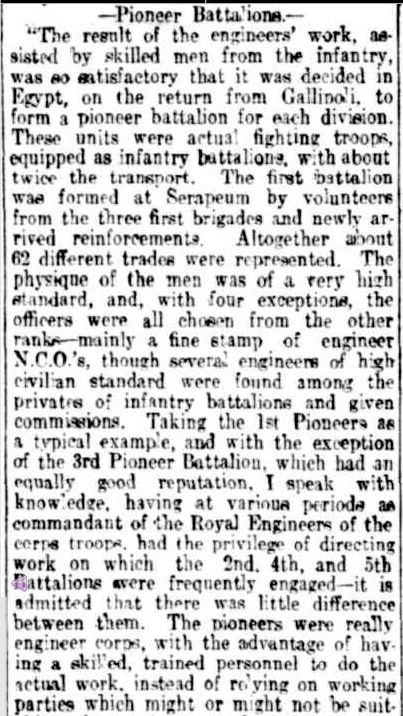

Nicholson had the greatest respect for the pioneers and considered the 2nd Pioneers “the most respectable, steady, well conducted battalion…”
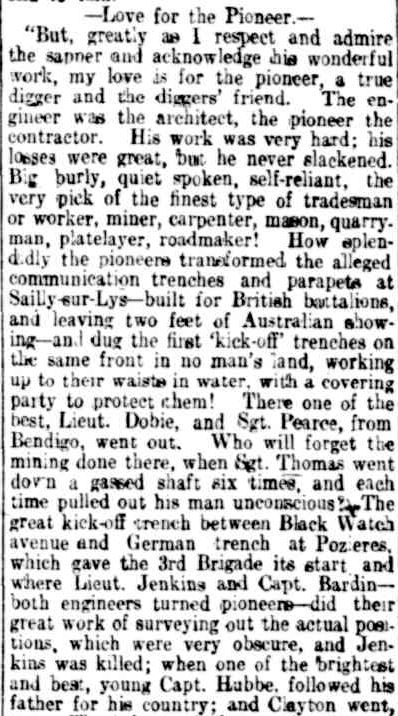
The work of the Pioneer Battalion was described in the Williamstown Chronicle. The Pioneers were give the nickname “Souvenirs” while the Engineers were “Ginger Beers”. The “Souvenirs” not only had to do hard labouring work but were prepared to fight if need be. They often worked with gun fire and bombing going on around them and as a result there were often casualties.
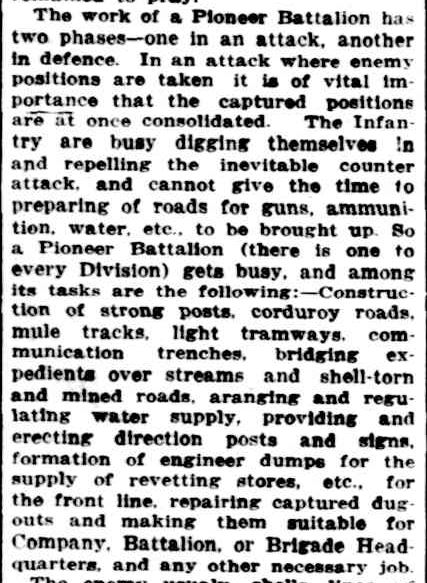
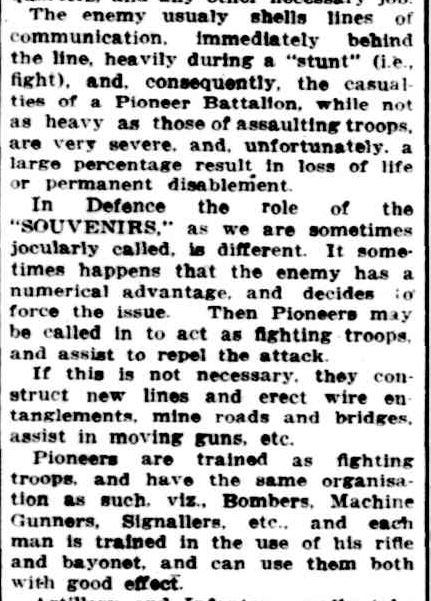
On July 14, 1916, Les was transferred to the newly formed 2nd Tunnelling Company. On July 19, near Fromelles, the 2nd Tunnellers detonated a mine, the largest in its’ operational history, designed to shield the 32nd Battalion as they moved across No Man’s Land.
Les only had to endure digging underground for two months because on September 30 he moved back to the Pioneers, then at Le Torquet, to continue digging above the ground.
On October 18, Les racked up another offence, charged with drunkenness. As a result he lost two day’s pay.
On January 27, 1917 Les took sick and was transferred to hospital by the 13th Field Ambulance. They took him to Allonville and the 39 Casualty Clearing Station. He was then transferred on to the No 14 Stationary Hospital at Boulogne where he recovered from mumps.
Out of hospital, Les marched into the 2nd Australian Divisional Base at Estaples on February 24, 1917, marching out again on February 27, 1917 to re-join the 2nd Pioneer Battalion on March 3.
From June 9, 1917 Les spent some time training with the 5th Army Musketry School and on August 4 he was promoted to Lance Corporal.
The 2nd Pioneers moved on to Ypres in October, 1917. The following photo shows the 2nd Pioneer doing what they did best. During the months of October and November, 1917 at Ypres the Battalion built water channels, stables and constructed a plank road as seen below at Chateau Wood.
An article in the Cairns Post on December 29, 1917 included stories from the front. One of those mentioned was of a Sergeant from one of the Pioneer Battalions, lying injured in hospital. The Sergeant described the work his Battalion were doing on the roads near Ypres.
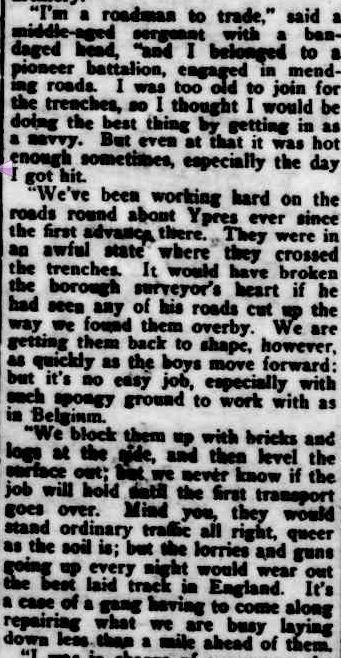
In July 21, 1919 the work of the Australian Pioneer Battalion was remembered in this article from the West Australian.
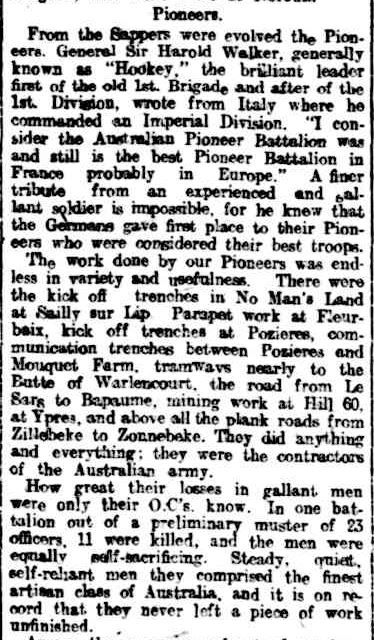
On November 2, 1917, Les was wounded, receiving a bullet to his right elbow. The injury was described as severe. The 3rd Australian Field Ambulance, then stationed in Wippenhoek, took him to the 3rd Casualty Clearance Station. The 2nd Pioneer Unit Diary states that one “OR” was wounded on that day.
The following day, Les was transferred to the 5th General Hospital at Rouen France, but it was necessary to move him to England and he arrived at the 5th South General Hospital at Portsmouth on November 8.
On Februay 8, 1918 Les was transferred to 3rd Auxiliary Hospital at Dartford for just under a week. Patients with war related nervous conditions were treated there. Then on to Weymouth, Dorset to convalesce until his departure on April 10, 1918
So Les was on a ship home. But what was going on at home, who had he left and who had arrived?
ON THE HOMEFRONT
Les Combridge was the son of Herbert John Combridge and Jane Wyatt. Jane passed away in 1909 at Grantville, presumablyas a result of childbirth leaving Les, aged 12 and Horace Claude (known as Claude), aged two, the only children remaining from five pregnancies.
In 1913, Herbert married widow Sarah Hade (nee Jackson), already a mother of a large family. In February 1914, Herbert and Sarah welcomed Verena May. When Les left Australia 12 months later, Sarah was pregnant again and in July 1916 Harold Herbert was born.
Herbert had given his son his consent, maybe with even a hint of envy. In 1916, after the age for enlistment was raised, the then 43-year-old Herbert himself enlisted. After a short time at Royal Park, he was discharged due to a weak heart.
It seems that in each story I write for Anzac Day, rumours made their way home about the welfare of a soldier abroad. The Combridges had their own taste of this, leading to Herbert writing to the Army requesting information about Les.
On August 30, 1915, Herbert penned a letter to Colonel Hawker. At the same time, in Egypt, Les was three days away from boarding the Southland to Gallopoli.
“…I have had one letter from him since he arrived in Egypt and since then I have not heard there is two other families around here had sons went away at the same time and they have sent letters home stating that my son lost the use of his legs since he landed and then contracted pneumonia and was to be invalided home and as I have not heard from him I thought you may be able to give me some information about him as I am anxious and if he is unable I think some one ought to let us know I have only him and a lad of 7 years out of 5 from my first marriage losing 3 and his mother in a few years so trusting you will do me the kindness of letting me know what you can about him…”
Herbert writes with little punctuation but the worry he was feeling is not lost. He mentioned the children and wife he lost and the thought of losing another after such a short time must have been excruciating.
On September 7, 1915, a Lieutenant H Mackintosh, officer from Base Records, responded to Herbert to ease his mind somewhat. He advised Herbert that no official notification had come through about Les, but if Herbert was to send any evidence he may have to the contrary with the full details of the informant etc etc. A typical government letter.
Herbert replied, to let Lieutenant Mackintsh know that Les had since written and all was well. He had been in hospital with pleurisy and bronchitis but had returned to his Company. He went on to thank Mackintosh and apologised for the trouble he may have caused. He explained:
“..,it was sent to two different parties about him and I thought if he was to be sent back I ought have heard…”
On November 16 1917, two weeks after it occured, Herbert received the notification he had expected two years earlier. Les had been wounded. It was two weeks later, on December 1, that he learned that Les had been shot and was in the 5th Southern General Hospital at Portsmouth. Almost two weeks later he heard that Les was improving. It was looking like Christmas 1917 would be a little happier than was thought at the beginning of the month.
Herbert’s next official notification of Les’ health was mid March 1918. Les was “progressing favourably”.
When Les returned home in May 1918, he reunited with his father and Claude and met his two-year old brother for the first time. His step mother was pregnant again with a third child to Herbert.
POST WAR
In September 1919, Les married local Grantville girl Myrtle Rose White, daughter of Culmer Thomas White and Alice Elizabeth Hunt. On November 12, 1920 their first child, daughter Mavis Ayleen was born at Wonthaggi. Over the next 16 years, they would have a further three girls and a son.
Les farmed first at Grantville and later took up a property “Hazelbrook” at nearby Alumurta . He became involved with the Blackwood Forest Football Club.
By 1937, and almost 20 years after his return from Europe, it seem that Les had got on with his life. But on June 28, Les died suddenly at Wonthaggi from heart failure. He was only 40 years old.
The loss of Les at such a young age must have hit hard. Myrtle had the five children, aged from two to 17 and a farm. Also Herbert was faced with the death of yet another child.
How do I know about Leslie Herbert Combridge. He was my great-grandfather. His eldest daughter Mavis was my Grandma and never in the 39 years I knew her, did I realise how much his death had an effect on her. Not until I started reading newspapers at Trove, that is. Then I found “In Memoriam” notices she had submitted, right up until 1947, 10 years after his death, herself then married and raising a family, living hours away from her beloved Bass Valley.
I can’t say how much WW1 played a part in the premature death of Les Combridge, but given the work he did, particularly with the Pioneers and the exposure to gas in France and the overall wear the conditions must have had on a body, it cannot be dismissed. Although with Herbert’s weak heart, hereditary factors were also at play, but Herbert, who didn’t serve, lived to 66, dying 18 months after Les, in 1939.
The places Les went read like a Contiki itinerary, but the hard working Pioneer was no tourist and for the most time, the sights he saw would be unforgettable but for all the wrong reasons. His time spent collecting his nerves at Dartford before his return to Australia giveing some clue to the mind-set he was in but how much this continued to be a part of his life is not know. If it was still there he must have kept it deep inside .
The early death of Les robbed him of time with his grandchildren and great-grandchildren. He gave so much of his heart to Australia, there was little left for his family.
LEST WE FORGET
SOURCES
Australian War Memorial
Finlayson, Damien (2010). Crumps and camouflets : Australian tunnelling companies on the Western Front. Big Sky Publishing, Newport, N.S.W
MacNeil, A. R & 21st Battalion (A.I.F.) Association (Melbourne, Vic.) (1971). The Story of the twenty-first : being the official history of the 21st Battalion, A.I.F. 21st Battalion Association, Melbourne
National Archives of Australia
Smith, Neil C (1997). The red and black diamond : the history of the 21st Battalion 1915-18 (1st ed). Mostly Unsung Military History Research and Publications, Gardenvale, Vic
Trove Australia








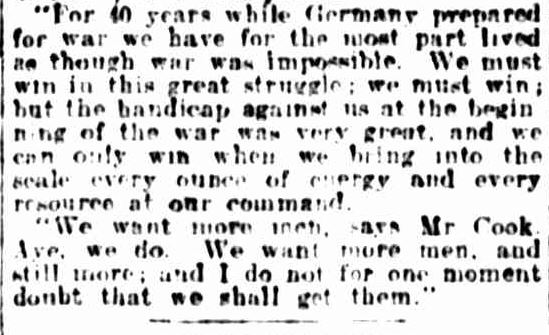
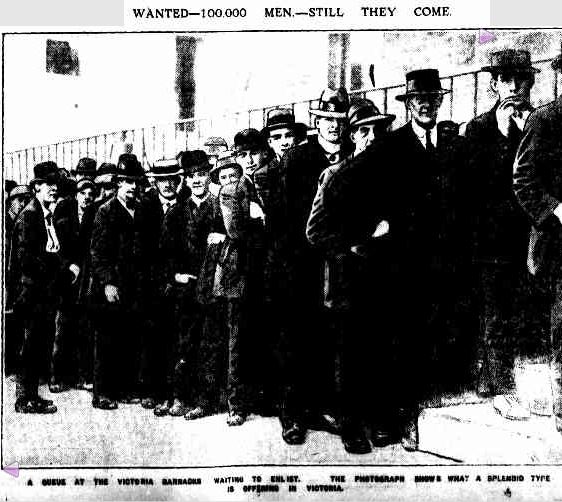



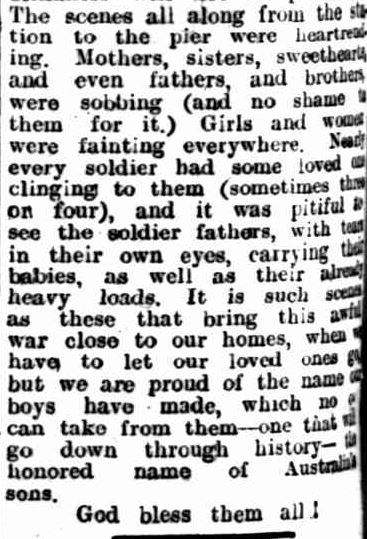
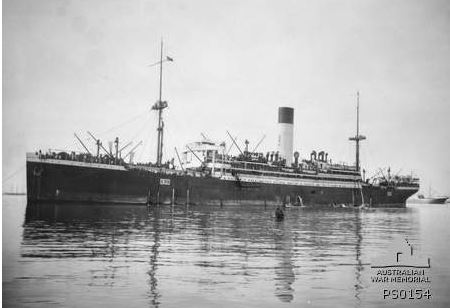
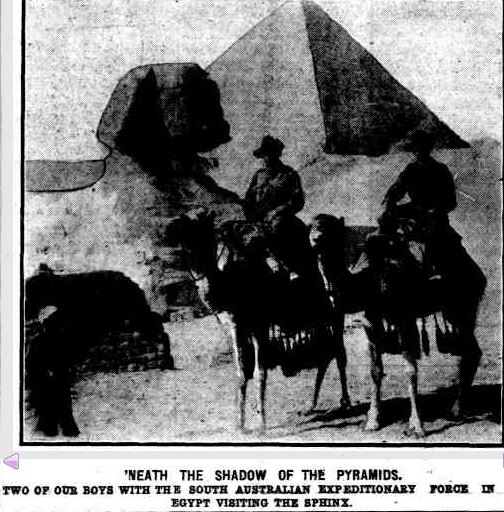

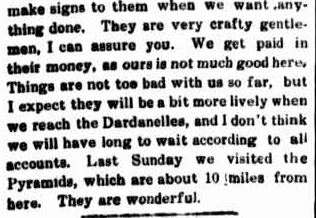

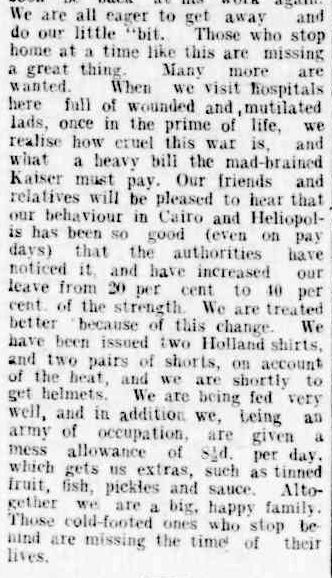




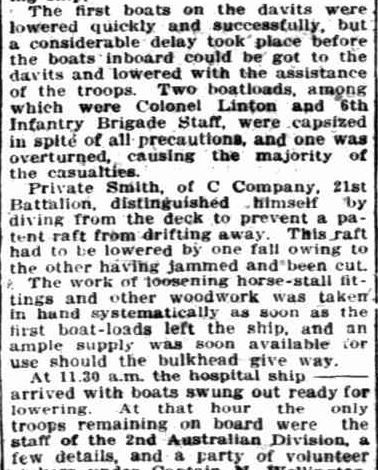
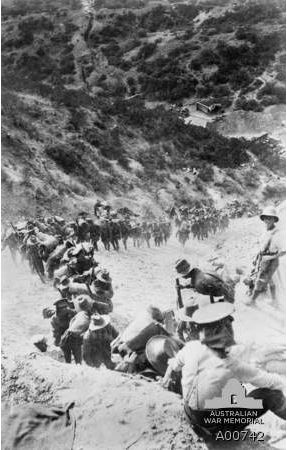
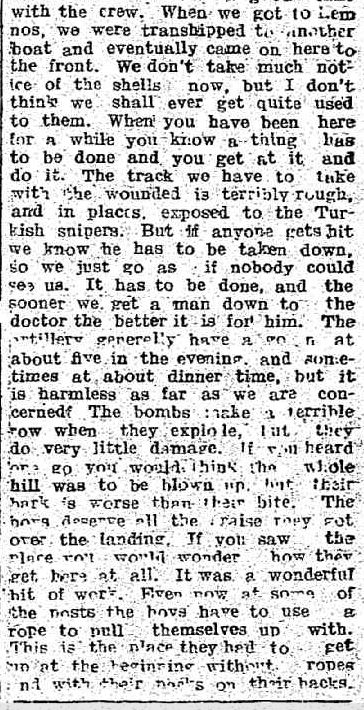
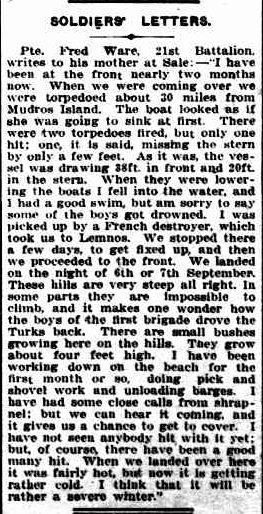
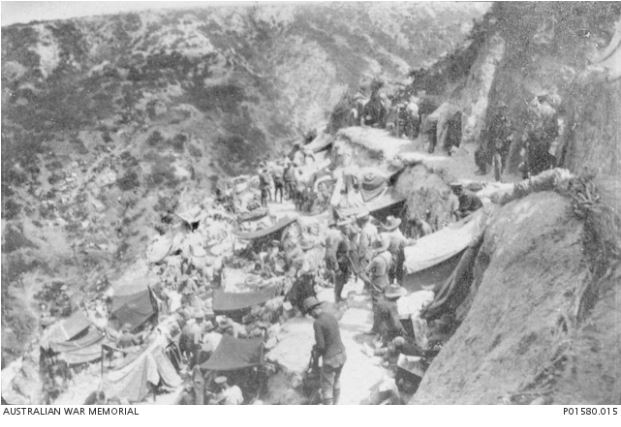
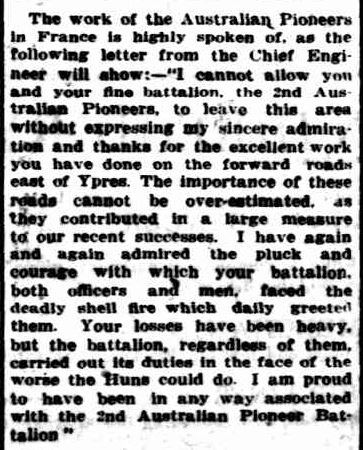



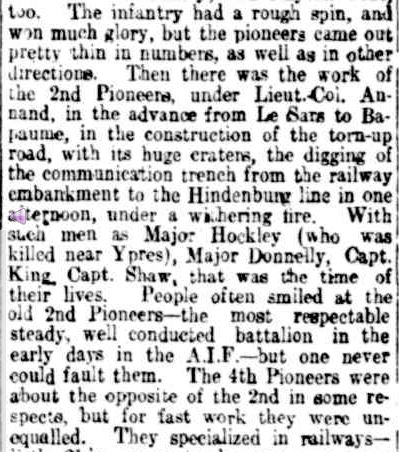
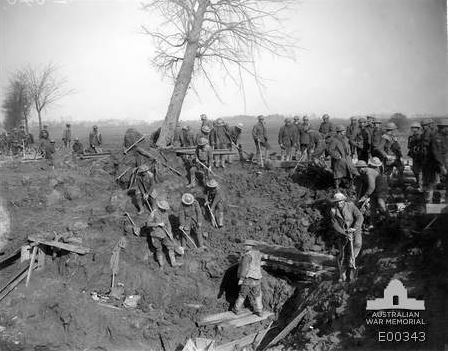


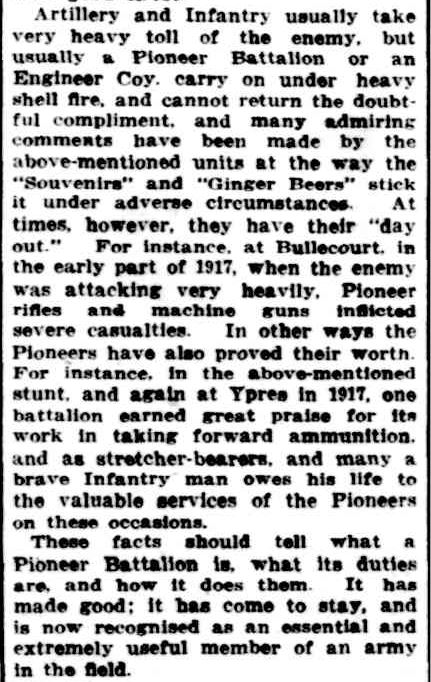
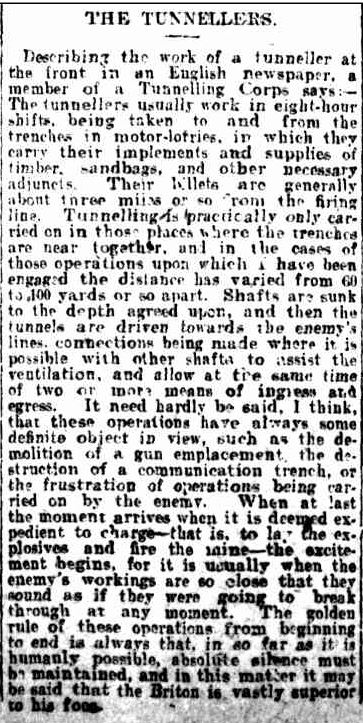
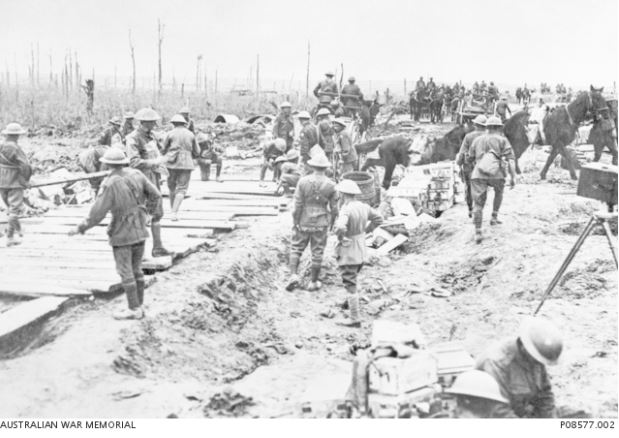

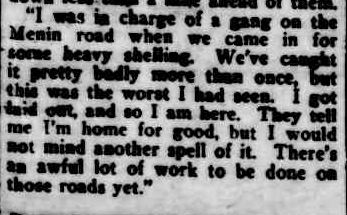







You must be logged in to post a comment.